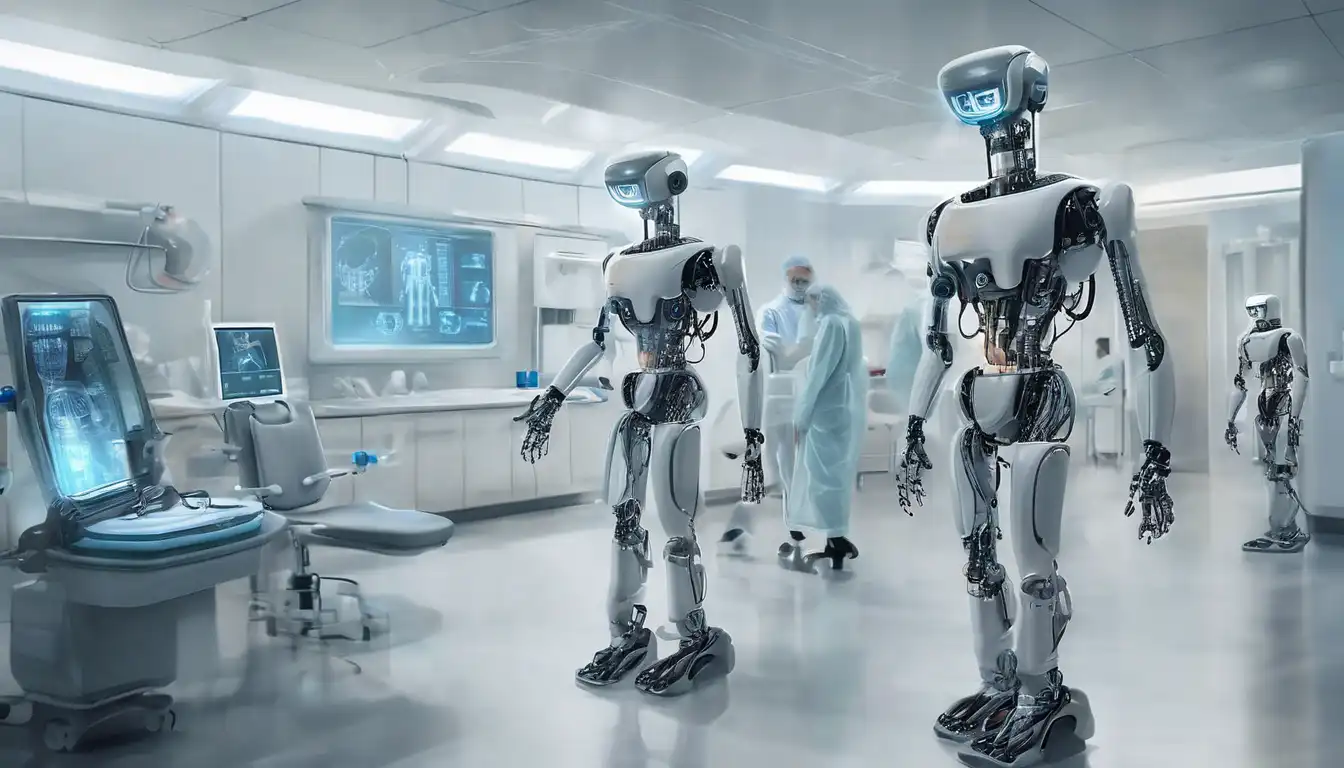The Next Era of Robotics in Healthcare
The integration of robotics into healthcare is transforming patient care, surgical procedures, and rehabilitation processes. This revolutionary approach is not just enhancing efficiency but also improving the accuracy and outcomes of medical treatments. As we delve deeper into the 21st century, the potential for robotics in healthcare seems boundless, promising a future where technology and medicine merge seamlessly to save lives and improve quality of life.
Current Applications of Robotics in Healthcare
Today, robotics plays a pivotal role in various healthcare sectors. From surgical robots that assist in performing precise and minimally invasive procedures to robotic prosthetics that offer mobility to amputees, the applications are vast. Rehabilitation robots are helping patients recover from strokes and injuries faster, while robotic exoskeletons are enabling individuals with spinal cord injuries to walk again.
- Surgical Robots: Enhancing precision in surgeries.
- Rehabilitation Robots: Aiding in faster recovery.
- Robotic Prosthetics: Restoring mobility.
- Robotic Exoskeletons: Enabling walking for the paralyzed.
The Future Prospects
The future of robotics in healthcare is bright, with ongoing research and development paving the way for more advanced applications. Nanorobots could soon be used for targeted drug delivery, directly attacking cancer cells without harming surrounding healthy tissue. AI-powered diagnostic robots might become the first point of contact in clinics, analyzing symptoms and recommending treatments with high accuracy.
Another promising area is the use of robotics in elderly care. With the global population aging, robotic assistants could provide companionship and basic care, reducing the burden on healthcare systems and improving the quality of life for the elderly.
Challenges and Considerations
Despite the potential, the integration of robotics into healthcare faces several challenges. High costs, ethical concerns, and the need for extensive training for healthcare professionals are significant hurdles. Moreover, ensuring patient safety and data security in an increasingly digital healthcare environment is paramount.
However, with continuous advancements and proper regulatory frameworks, these challenges can be overcome, making robotics an integral part of healthcare in the near future.
Conclusion
The future of robotics in healthcare is not just about technological innovation but also about redefining patient care. As we move forward, the collaboration between engineers, healthcare professionals, and policymakers will be crucial in harnessing the full potential of robotics to create a healthier world.
For more insights into how technology is shaping healthcare, explore our technology in healthcare section.
